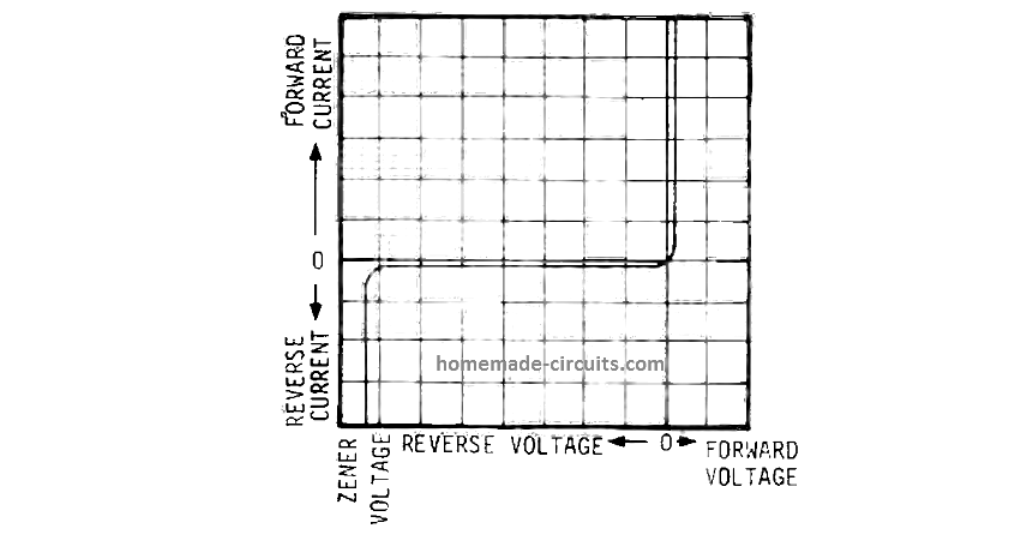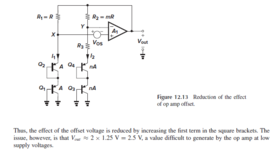goatmxj666
Member level 2
Hello!
I studied the BGR circuit that is insensitive to PVT variations and made a schematic.
I understand that output voltage is 1.2V,
but If my circuit needs voltage like 0.6V or 2.5V as a reference voltage, how do I make these voltages?
I tried to make a reference voltage by using resistor divider with bgr.
If I do that, I think the characteristics of bgr, (which are insensitive to pvt variation) will change to be sensitive again.
But I've seen in several papers making the reference voltage with a resistive divider or a diode connected MOSFET.
Any help would be appreciated.
I studied the BGR circuit that is insensitive to PVT variations and made a schematic.
I understand that output voltage is 1.2V,
but If my circuit needs voltage like 0.6V or 2.5V as a reference voltage, how do I make these voltages?
I tried to make a reference voltage by using resistor divider with bgr.
If I do that, I think the characteristics of bgr, (which are insensitive to pvt variation) will change to be sensitive again.
But I've seen in several papers making the reference voltage with a resistive divider or a diode connected MOSFET.
Any help would be appreciated.


